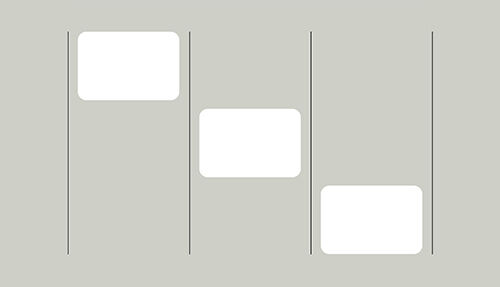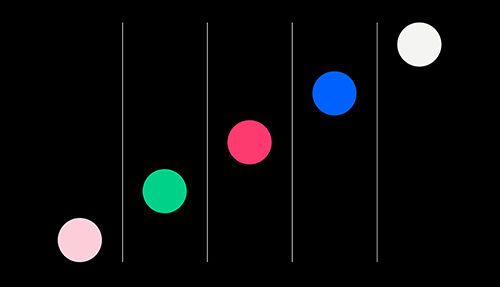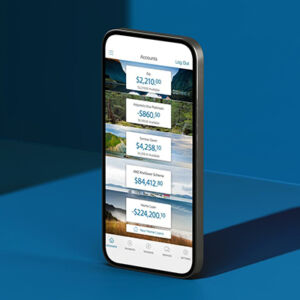Multidisciplinary design as a strategy for transformative brand experiences in an omnichannel world.

There’s a new normal in town and most brands are struggling to keep up.
We’re living in a world where our online and offline worlds have seamlessly integrated. Customers are not platform agnostic. Rather, they expect a consistent, creative, and empathetic user experience design, one that enriches their relationship between themselves and the brand they’re dealing with, wherever that may be. When they don’t get that experience, they are disappointed and frustrated, and this leads to brand rejection.
Unfortunately for many brands, online and offline are still largely seen as two different channels, handled by different people with different skill sets within the organisation. This leads to uneven, often inconsistent experiences for customers who connect with the business.
Amalgamating online and offline marketing strategies to create an easier and more rewarding customer experience was the common challenge, shared by marketing and communications professionals around the world, at two digital marketing conferences I took part in last month in Sydney and Singapore.
What did I learn? A huge opportunity awaits the marcomms teams that are ready to capitalise on these changing times, through the benefits of multidiscipline design - the collaboration of experts across different design disciplines that leverage their specialist skills to solve complex design problems.
We’ll look for inspiration from one the true greats of multidiscipline thinking and collaboration - Leonardo Di Vinci. From The Adoration of Magi to a marketer’s Twitter feed, we’ll explore how multidiscipline design transforms brands.
A story in two parts
I’ve been thinking a lot about Leonardo Di Vinci, and I’ve been thinking a lot about brand experiences. This is largely for two reasons.
Digital marketing conferences with a recurring theme
Firstly, I was privileged to attend the Digital Marketing Leaders Summit in Sydney and eTail Asia in Singapore on consecutive weeks as part of the Dave Clark team.
Both conferences, which were attended by notable brands in Asia Pacific and the global stage, were broad marketing conferences with some key specialist focuses, primarily b2b marketing (Summit) and retail / e-commerce (eTail Asia).
Inevitably, much of the content and discussion at both conferences involved producing meaningful brand experiences in an omnichannel world.
Digital marketing lessons from history
Secondly, I have been reading the excellent Walter Isaacson’s Leonardo Da Vinci. I‘ve been so engrossed in it that I’ve faithfully lugged it with me across three countries despite its awkward size.
Not unlike a well-executed brand strategy working seamlessly across touchpoints, these two personal experiences – conference attendee by day, book nerd by night – informed and enhanced each other.
I found that while the challenges and changes I was hearing about during the day are relatively new, the way that brands are responding – through regularly creating breakthrough creative and authentic experiences – is relatively old.
We'll explore these ideas in upcoming blogs.
Firstly, we’ll explore common themes and challenges that emerged from all the marketers and communicators we interacted with at these two conferences.
Secondly, we’ll look at how a multidiscipline design process and philosophy (as exemplified by my colleagues here at Dave Clark and other great agencies) can not only meet these challenges, but set brands up to thrive.
This is part 1 of 4 blogs exploring multidiscipline design and its benefits. Read Part 2 here.







